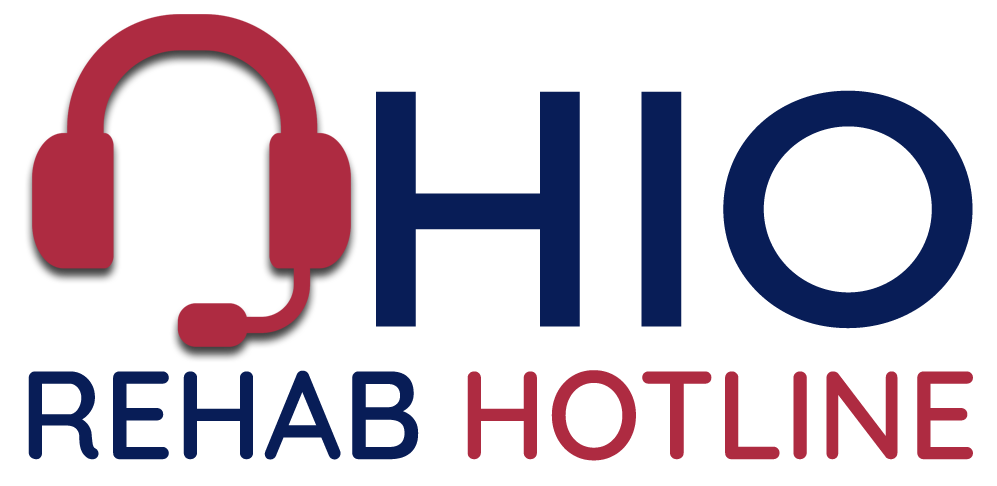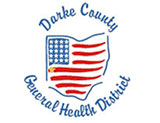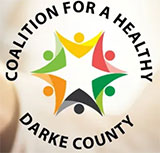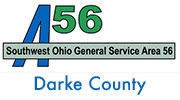Darke County Ohio Addiction Hotline
Darke County OH Drug & Alcohol Treatment Hotline
Darke County Ohio Substance Abuse Statistics
Substance abuse is a significant issue in Darke County, Ohio, with data from the Ohio Department of Health indicating a high prevalence of substance abuse[1]. In 2020-2021, the population of Darke County increased by 0.88%, with a median household income of $54,799[2]. However, despite this growth, substance abuse remains a pervasive problem in the community. According to the National Survey on Drug Use and Health, substance abuse rates in Ohio are higher than the national average[3]. In Darke County, the percentage of adults who drank alcohol in the past month is concerning[4]. These statistics highlight the need for effective substance abuse prevention and treatment programs in the county.
The types of substances abused in Darke County are varied, with opioids, alcohol, and methamphetamine being among the most commonly abused[5]. The Ohio Department of Health’s numbers show that Darke County was ranked 20th in the state in unintentional overdose deaths per 100,000 persons[6].
In 2018, 18 Ohioans died from unintentional drug overdoses in Darke County[6]. Additionally, opioid use disorder (OUD) prevalence in the Medicaid population aged 18-64 years in Darke County is higher than the state average[7]. These statistics are indicative of the significant impact of substance abuse on the county’s communities.
The impact of substance abuse on Darke County’s communities is far-reaching, affecting not only individuals but also families, workplaces, and the wider community[8]. Substance abuse can lead to increased rates of crime, poverty, and homelessness[1]. It can also have adverse effects on mental health, including depression and anxiety[8]. Availability of mental health care providers in the county is limited[8]. The need for effective substance abuse prevention and treatment programs is evident, and initiatives that address the root causes of substance abuse, such as poverty, lack of education, and limited access to healthcare, are necessary to reduce substance abuse rates and improve the overall health and well-being of Darke County’s communities.
References
1. Darke County Community Health Assessment 2020. from darkecountyhealth.org
2. Darke County, OH. from datausa.io/profile/geo/darke-county-oh
3. National Survey on Drug Use and Health (NSDUH). from www.samhsa.gov
4. Darke County Community Health Assessment – CORE Scholar. from corescholar.libraries.wright.edu
5. Surveillance of Drug Abuse Trends in the State of Ohio. from aohc.net/aws/AOHC/asset_manager/get_file/176458?ver=13
6. County is one of the worst for OD deaths. from www.dailyadvocate.com
7. Opioid Use Disorder Among Ohio’s Medicaid Population. from www.ncbi.nlm.nih.gov/pmc/articles/PMC10144717/
8. Substance Abuse. from coalitiondarkecounty.com/substance-abuse

Darke County OH Addiction Treatment Resources

Darke County OH Government Health Department
Darke County OH Government Health Department. Darke County Public Health is constantly exploring new ways to promote and protect the public’s health in Darke County. New programs and opportunities are either in planning stages or are currently being implemented in order to fill gaps in the community’s well being. While some of these programs don’t easily fit into defined categories, they remain just as important. The Ohio Attorney General’s Office partnered with the Ohio Department of Health and the Drug Free Action Alliance to provide free collection bins to local law enforcement agencies in Ohio. The drop boxes are mailbox-style disposal bins that can be placed inside law enforcement agencies to be used by residents during normal business hours.

Coalition for A Healthy Darke County OH Substance Abuse
Coalition for A Healthy Darke County OH Substance Abuse. Founded in 2016, the Coalition for a Healthy Darke County is a 501(c)(3) not-for-profit organization and serves the Darke County area. The Coalition is comprised of area businesses, organizations and individuals working together to make a positive impact on the lives of our community members. We are continually looking for new ways to reduce substance abuse in Darke County and are committed to initiating and sustaining prevention programs to achieve that goal. The Tri-County CRISIS HOTLINE serves residents of Darke, Miami & Shelby Counties in Ohio. The crisis hotline provides short-term intervention and crisis management.

AA Darke County Ohio Alcoholics Anonymous
Darke County Ohio Alcoholics Anonymous. Southwest Ohio Area 56 is a spiritual entity with a threefold mission in support of AA’s primary purpose: To nurture communication among and foster participation within all elements of the General Service structure, thereby ensuring the formation of an informed group con-science, To facilitate Twelfth Step work within South-west Ohio as guided by the Twelve Traditions and Twelve Concepts for World Service, and To assist Groups, Districts and Intergroups in their service to the suffering alcoholic by sharing information, experience and resources. Walking with Purpose is a newsletter designed to foster unity within Area 56. Excerpts from AA conference-approved literature are reprinted with permission. Opinions are strictly those of the author and any con-tent should not be implied as endorsements by Alcoholics Anonymous.

Darke County OH Board of Addiction Recovery and Mental Health
Darke County OH Board of Addiction Recovery and Mental Health. Tri-County Board of Recovery & Mental Health Services. Planning, funding, monitoring and evaluating mental health and recovery services in Miami, Darke and Shelby counties since 1968. The Tri-County Board is committed to assuring that help is available to our communities’ most vulnerable citizens. Services and prevention activities are provided through a network of provider agencies located in Miami, Darke, and Shelby counties. At these agencies, individuals struggling with mental illness and addiction issues will find the help and support they need to lead a full and productive life. Fees for these services are based on a person’s ability to pay through a sliding fee scale – no one is denied service because of the inability to pay.
